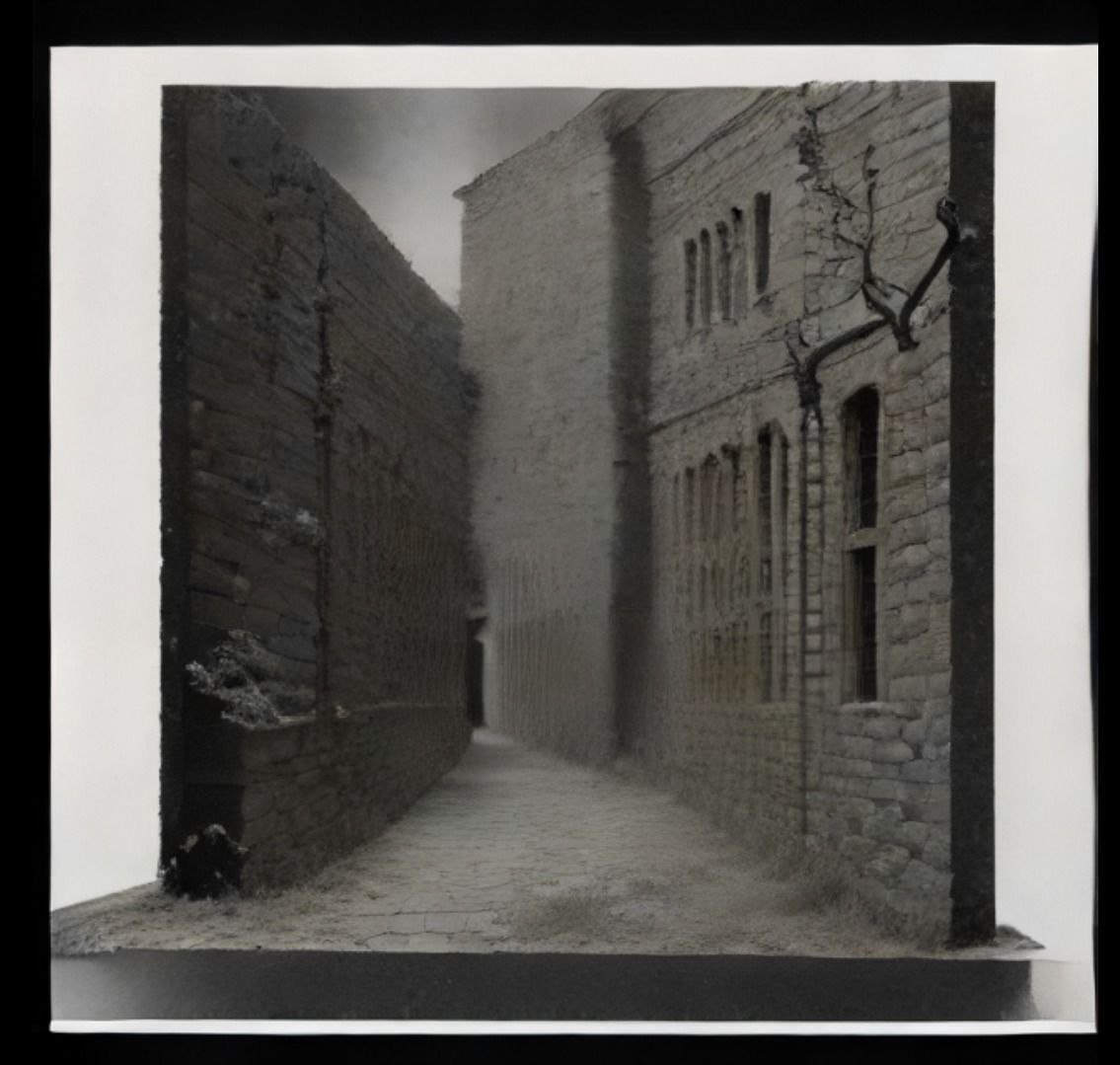Videosynthesizer
Gabriele Piana







The invention of the electronic oscillator, developed in the early decades of the 20th century by pioneers such as Thaddeus Cahill and then explored in electronic music from the 1950s onwards by composers such as Karlheinz Stockhausen, made it possible to produce sounds that could not be traced back to a physical source. Just like the electronic oscillator, so this instrument now makes it possible to generate images from nothing. The oscillator inaugurated a new way of conceiving composition: no longer capturing reality, but creating pure, modulatable, living sound matter in continuous transformation.
In the history of electronic music, this marked a decisive break: sound ceased to be a recorded object and became a phenomenon generated and manipulated in real time, an act of immediate production in which performance and creation merge.
Running alongside these sound innovations, the first experiments in visual synthesis and video art began to develop in the 1960s. Artists such as Nam June Paik and experimental centres in the United States explored the possibilities of video synthesizers, devices capable of generating abstract electronic images through the modulation of video signals. Here too, as in electronic music, the image was no longer an object to be filmed or edited: it became autonomous, modifiable material, sensitive to interactions and the creative moment.
With the video synthesiser, Gabriele Piana's research re-enacts this visual revolution. Based on a system of connections between MaxMSP, LLM such as Meta and TouchDesigner's StreamDiffusion, the artwork processes input and output streams in which visual noise and verbal language intertwine.
The textual prompt that guides the generative process is self-generated by a language model, introducing a degree of autonomy and unpredictability, so that the images seem to arise and transform like living forms before the viewer's eyes. A noise field structures the movement of the images, while the MIDI interface allows the audience to modulate rhythm, intensity and consistency in real time, experiencing the physical and perceptual sensation of shaping light itself.
The heart of the artwork lies not in the image produced, nor in the technological device, but in the act of generating and shaping forms and light. The audience is invited to become part of the process, to explore the possibility of “playing an image”, transforming vision into gesture and perception.
In this playful and immersive space, the performer becomes a prod-user: creator and user, body and mind cohabiting the generative flow.
As with the first sound synthesizers, a field of freedom opens up here too: a realm where technology is not a surround but living matter, where the visible and the invisible intertwine and the imagination finds new paths, open to collective experimentation and artistic intuition.
Text by Nicoletta Ceraolo
The textual prompt that guides the generative process is self-generated by a language model, introducing a degree of autonomy and unpredictability, so that the images seem to arise and transform like living forms before the viewer's eyes. A noise field structures the movement of the images, while the MIDI interface allows the audience to modulate rhythm, intensity and consistency in real time, experiencing the physical and perceptual sensation of shaping light itself.
The heart of the artwork lies not in the image produced, nor in the technological device, but in the act of generating and shaping forms and light. The audience is invited to become part of the process, to explore the possibility of “playing an image”, transforming vision into gesture and perception.
In this playful and immersive space, the performer becomes a prod-user: creator and user, body and mind cohabiting the generative flow.
As with the first sound synthesizers, a field of freedom opens up here too: a realm where technology is not a surround but living matter, where the visible and the invisible intertwine and the imagination finds new paths, open to collective experimentation and artistic intuition.
Text by Nicoletta Ceraolo
Bio

Gabriele Piana, aka Gapo, has a diploma from the Albertina Academy of Fine Arts in Turin. He is enrolled in the "New Technologies for the Arts" course, specializing in Multimedia Exhibits and Digital Performance. He is passionate about image generation models. It makes him laugh to be able to transform words into images and he loves to stay up all night in front of his PC.
